The reach of The Nature Conservancy (TNC) is global, with projects that range from pristine habitat preservation in Equatorial Africa to promoting regenerative agriculture in Northwest India to protecting old growth forests in Clayoquot Sound in British Columbia. Their focus is on the long-term health and resilience of natural places on our planet, while taking into consideration the needs of the human populations that also inhabit these spaces.
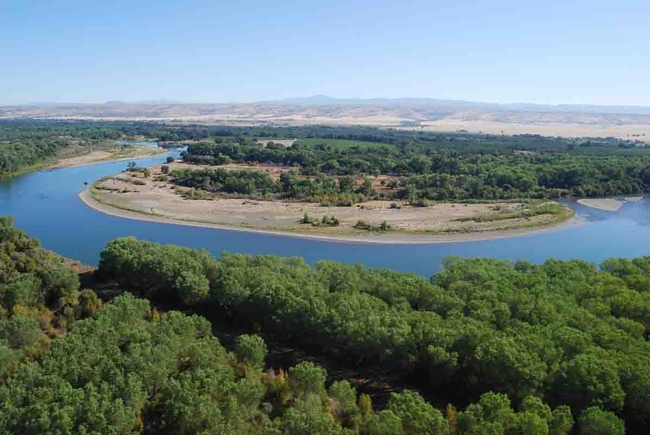
The Sacramento River is Northern California's principal river system and the largest river in the state. In a recent interview Ryan Luster, TNC Senior Project Director, described these two local Sacramento River projects, and explained what TNC has accomplished along our stretch of the river.
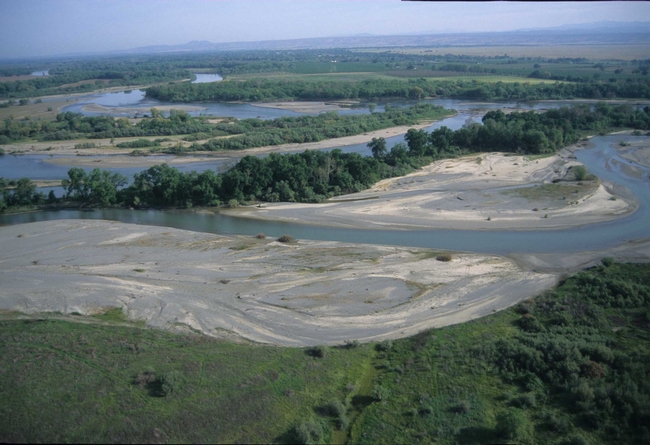
TNC does not advocate dam removal; their research has shown that dammed rivers, if operated with nature's needs in mind, can mimic the natural hydrologic processes. Instead, TNC projects seek to determine what elements of the natural flow regimes we could bring back without negatively impacting existing agricultural, recreational, and other uses. TNC works on the premise that we can balance our interests and needs with those of the species that evolved in relation to the original configuration of the river systems.
The Sacramento River Project, Luster's first large-scale riparian restoration project with TNC, began just over twenty years ago on 100 river miles of the Sacramento between Red Bluff and Colusa. This project was driven by alarming statistics: development, including agriculture, in the Sacramento Valley resulted in the loss of over 95% of the original riparian habitat. Before 1850 there were more than 1 million acres of this habitat, shaped over millennia by pre-development river hydrology, including an annual cycle of flood and drought that created floodplains, wetlands, vernal pools, and other forms of riparian habitat upon which the lives of an enormous number of species depend. The most recognizable of these habitats are probably the various salmon runs. Habitat loss, especially of this magnitude, resulted in the plummeting populations of dozens of species.
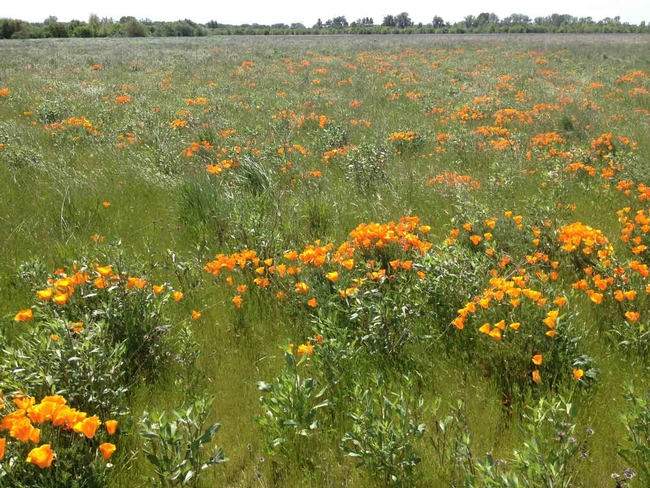
The Sacramento River Project was, until Florida's Kissimmee River restoration project, the largest riparian restoration effort in the United States. The resulting restoration methods, practices, and systems are now used by habitat restoration organizations around the world.
The second project Luster outlined is the Hamilton City Flood Risk Reduction and Ecosystem Restoration Project, described as “Making Room for a River: How one town restored a river to protect its way of life” on the TNC website (nature.org).
Built in 1906 to protect sugar beet fields from the floodwaters of the Sacramento River, the original Hamilton City levee proved inadequate to safeguard the town's inhabitants and acres of orchards. Initial negotiations with the US Army Corp of Engineers (ACOE) and the State of California began decades ago, but went nowhere, due to strict parameters defining risk vs benefit calculations. When in 2000 an Act of Congress amended how ecosystems (including floodplains) were valued in this equation, reconstruction of the levee protecting Hamilton City made economic sense, and Hamilton City sought the assistance of TNC to plan, design, and build the new levee and floodplain ecosystem. Thus began the signature TNC process of scientific analysis of existing and desired future conditions, a design process involving significant public input and careful evaluation of what to plant and where to plant it.
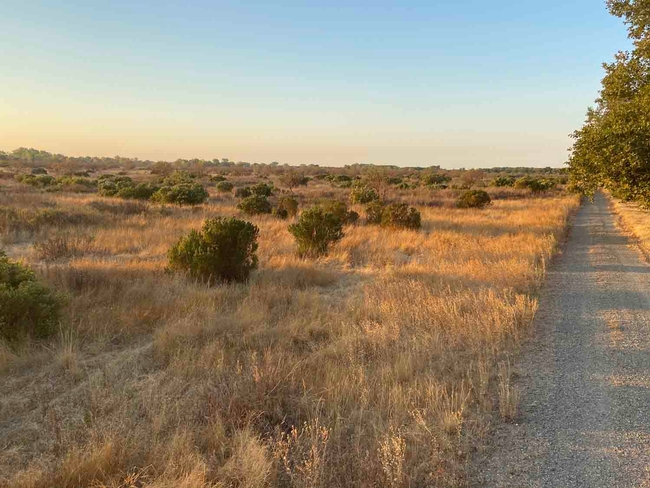
In 2023-2024 TNC and its project partners will restore approximately 200 acres along the Hamilton City portion of the river to native plants. The Hamilton City Flood Risk Reduction and Ecosystem Restoration Project involved the complete removal of the original levee and a new levee design that includes areas of setback, and depended upon the following critically interrelated elements:
- Flood risk reduction. Using science and experience on prior restoration projects to mimic how floodplains act, employing nature-based solutions.
- Functioning floodplain restoration, including by definition habitat restoration for all riparian species.
- Recreation for people. The wildlife refuges along the Sacramento River are open to the public for wildlife viewing, hiking, and birding.
- Groundwater recharge. Once the floodplains are reconnected to the river, and vice versa, the regular inundation recharges the groundwater.
And then there is future resilience: the project's built-in and originally unintended response to a changing climate. Luster notes that climate change makes it more and more important that we and the systems we rely on have an element of resilience built in. Climate models predict less snow and more rain, and more severe storms, all of which add up to more floods. Expanded floodplains, such as those integral to the Hamilton City project, are able to accommodate more frequent and / or stronger storms.
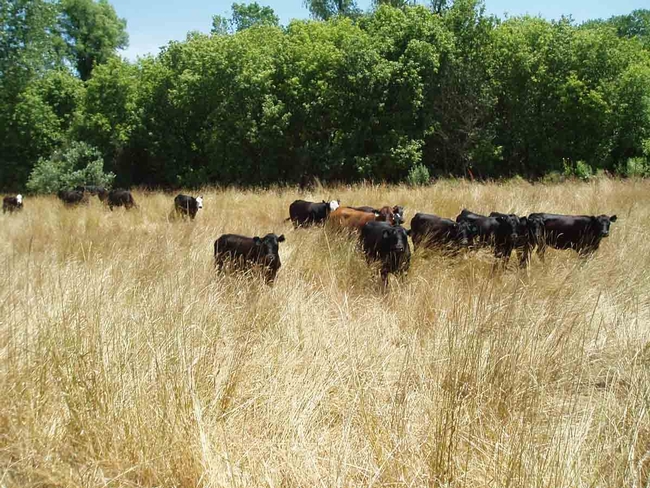
Luster emphasizes that TNC's successes are a result of adaptive management techniques -- ensuring that results at each restoration site are better each time. Through science and meticulous monitoring, TNC's scientists and other experts can see, measure, and know what is working. With over thirty years of restoration projects, TNC has amassed enormous amounts of data and evidence to apply to each new project dedicated to saving habitat around the world and in our own backyard.
The Nature Conservancy's website is nature.org. We urge you to go there for more information on this important organization, its many projects, and its global outreach.
New Master Gardener 2023 Workshop Series starting up! Our Spring series of workshops will begin in late January with Seed Starting on Tuesday, Jan. 31. For more information and to register, visit the Master Gardener website.
UC Master Gardeners of Butte County are part of the University of California Cooperative Extension (UCCE) system. To learn more about us and our upcoming events, and for help with gardening in our area, visit our website. If you have a gardening question or problem, email the Hotline at mgbutte@ucanr.edu or leave a phone message on our Hotline at (530) 538-7201. To speak to a Master Gardener about a gardening issue, or to drop by the MG office during Hotline hours, see the most current information on our Ask Us Hotline webpage.